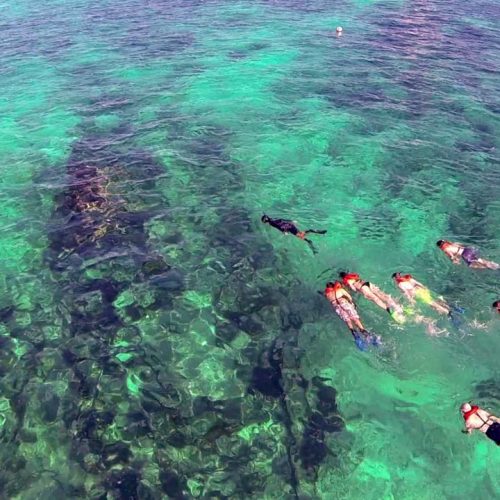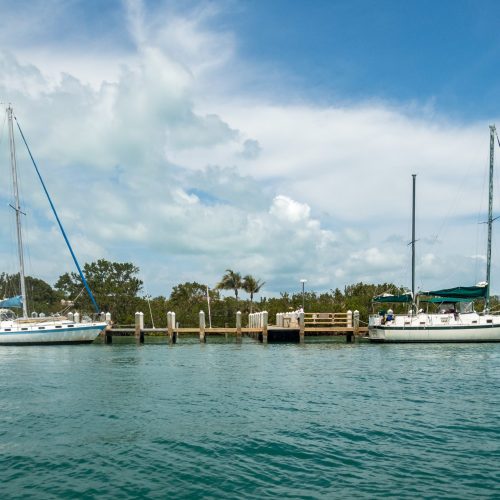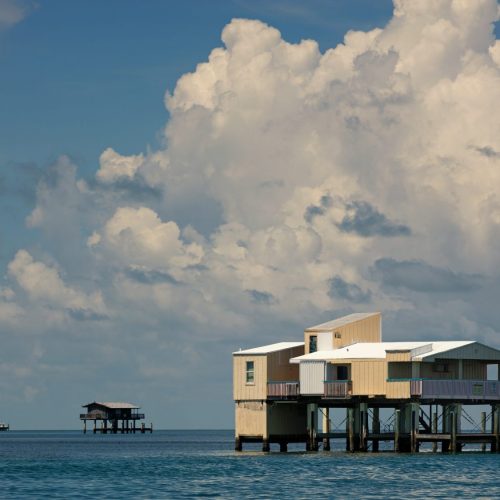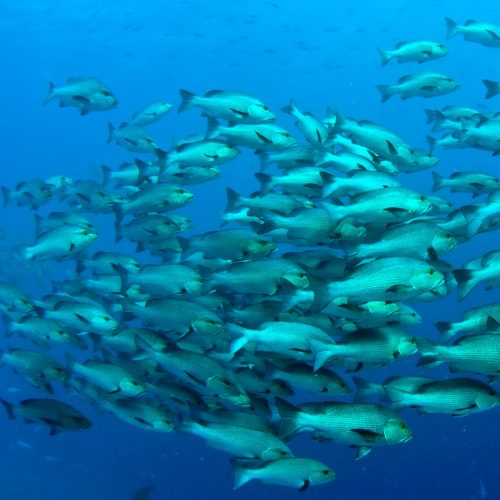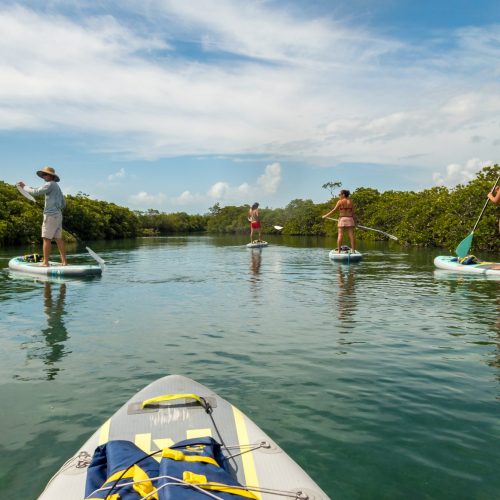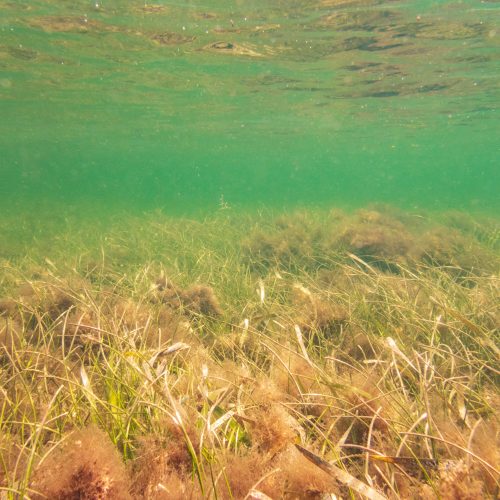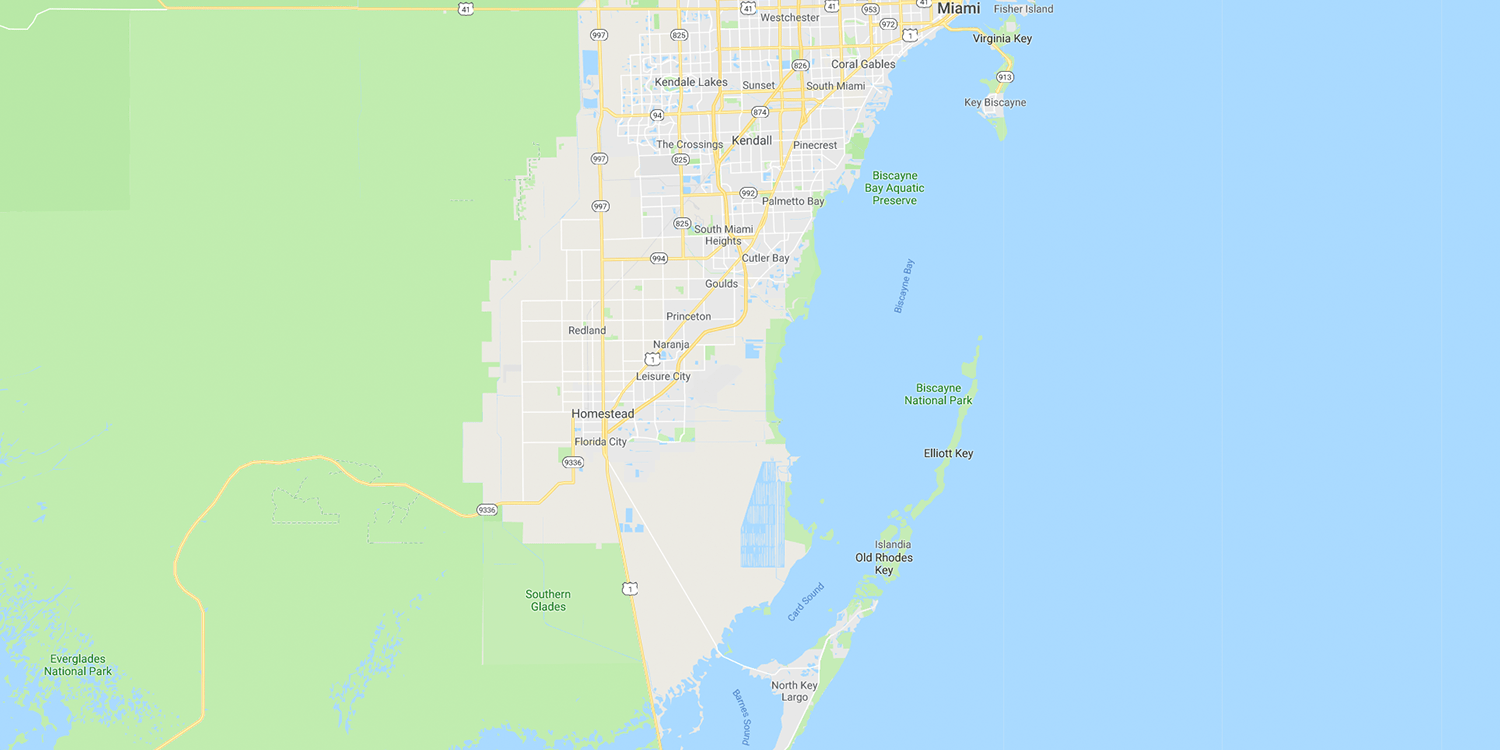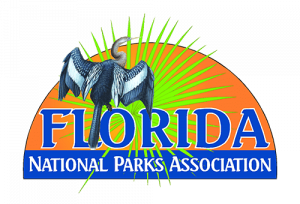The park is a special place where watery vistas meet emerald shorelines. Its rich history is revealed in shipwrecks, reefs, wildlife, the stories of people that helped to shape this unique area and more. These resources combined with the closeness of Miami, make the park an ideal location for a variety of special activity requests. Each event, activity, research project and commercial operation in the park requires a permit. Permits are issued and approved after National Park Service employees follow steps needed for environmental compliance. This includes reviews to determine what activities will not impair park values, resources, and visitor enjoyment. Permits are required for:
Special Park Uses
The special use permit authorizes activities that benefit individuals, groups or organizations, rather than the public at large. Examples include; weddings, memorial services, special assemblies, First Amendment activities and athletic events. The National Park Service may permit a special park use providing the activity will not cause derogation of park resources or values, visitor experiences, or the purpose for which the park was established. Primary consideration will be given to potential resource damage, anticipated disruption of normal public use, and previously approved permitted activities. Review the superintendent’s compendium for guidance on your proposed activity before submitting a special use permit application.
IMPORTANT NOTICE: a minimum of 15 business days are required to review special park use permit requests. The clock begins the day the completed permit application and the $100 non-refundable permit fee are received. Applications will not be considered until payment of the $100 non-refundable application fee is received. Large or complex projects may take additional time. In addition to the application fee, other fees may be charged. A National Park Service employee may be assigned as an on-site monitor for the project or an employee may spot-check activities to ensure adherence to the conditions of the permit and rules and regulations. The permittee will be billed for all costs incurred including employee overtime.
First Amendment Activities
A special use permit is required for public assembly or the sale or distribution of printed matter in National Park Service areas when group size is greater than 25. All First Amendment activities must take place at the designated area. Contact the permit coordinator for details. All activities are limited to daylight hours. All park regulations must be followed, and no resource damage is allowed.
Complete a special park use permit application and send it to the permit coordinator’s attention at 9700 SW 328 Street, Homestead, FL 33033. The application must contain a statement of the goal of the organization and the proposed activity.
IMPORTANT NOTICE: permits for First Amendment activities may take up to ten days to approve or deny. Customary permit fees requirements are not applied to First Amendment activities.
STILTSVILLE: the seven stilt houses located in the northern part of the park are closed to the public. Special visitation permission can be obtained by contacting the Stiltsville Trust, which maintains the properties through a cooperative agreement with the National Park Service. Depending on the nature of your visitation request, you may require a special park use permit from the NPS in addition to permission from the Stiltsville Trust. For more information visit the Stiltsville Trust.
IMPORTANT NOTICE: a minimum of 15 business days are required to review Stiltsville permit requests. The clock begins the day the completed permit application and $100 non-refundable permit fee are received. Applications will not be considered until payment of the $100 non-refundable application fee is received. Large or complex projects may take additional time. In addition to the application fee, other fees may be charged. A National Park Service employee may be assigned as an on-site monitor for the project or an employee may spot-check activities to ensure adherence to the conditions of the permit and rules and regulations. The permittee will be billed for all costs incurred including employee overtime.
Scattering of Ashes: The park is a beautiful, unique place that has touched many hearts. To request to memorialize a loved one by scattering their ashes in the park, a special use permit for scattering ashes is required.
Commercial Filming & Photography
All commercial filming requires a permit. Commercial filming is defined as digital or film recording of a visual image or sound recording by a person, business or other entity for a market audience, such as for a documentary, television or feature film, advertisement or similar project. It does not include coverage of breaking news or visitor filming for private use.
Private individuals engaged in still photography for their personal use and enjoyment generally do not need a film permit. Commercial still photography may be exempt unless it involves product or service advertisement; the use of models, sets or props, or when there is a potential for resource damage or disruption of visitor activities, or when the activity requests access to an area not normally open to the general public.
IMPORTANT NOTICES: a minimum of 15 business days are required to review commercial filming/still photography permit requests. The clock begins the day the completed permit application and $100 non-refundable permit fee are received. Applications will not be considered until payment of the $100 non-refundable application fee is received. Large or complex projects may take additional time.
Most projects require a certificate of insurance issued by a United States company showing general liability coverage and naming the United States Government, National Park Service as an additional insured. The usual minimum amount of insurance is $1,000,000, but the required amount may be increased for certain high-risk situations. In addition to the application fee, other fees may be charged. A National Park Service employee may be assigned as an on-site monitor for the project or an employee may spot-check activities to ensure adherence to the conditions of the permit and rules and regulations. The permittee will be billed for all costs incurred including employee overtime.
Commercial filming and photography activities are subject to location fees.
Commercial Use Authorizations
An organization is considered a business if you provide goods, services, activities, or other things to the public using National Park Service lands. If you receive any form of compensation for the things you provide, you are conducting a business or commercial activity.
The Commercial Use Authorization (CUA) program authorizes the provision of non-exclusive, suitable commercial services to park area visitors, as long as certain conditions are met: the services must be appropriate to the mission of the park, compliment resource protection, visitor protection and interpretation goals, and not pose any potential for derogation of values or purposes for which the park was established. They must be consistent with the park’s plans as well as present operations. They should be compatible with the planning documents for the park, and consistent with all applicable park area management plans, policies, and regulations.
The superintendent may grant CUAs to businesses when there are no fixed commercial facilities within a national park area; the commercial activity originates and terminates outside the park; no money changes hands on park lands; no commercial solicitation occurs on parklands. At this time, CUA permits are available for the following activities: sightseeing, snorkeling, SCUBA diving, salvage/tow and vessel transportation.
A business wishing to conduct any of these activities in the park must procure a CUA in advance and follow the terms and conditions of the authorization. A Biscayne CUA is valid for one or two calendar years. Requirements including, but not limited to, liability insurance, licensing, equipment and first aid must be met to be considered for a CUA.
- CUA application packet
- List of current CUA holders and others authorized to guide tours in the park.
- Contact the permit coordinator for more information (786-335-3639).
Research and Collecting
It is the policy of the National Park Service to support and encourage natural science and social science studies, provided that these studies enhance understanding of park natural, cultural and social resources, processes and values, or serve to assess how the use of the park impacts an ecosystem.
Permits are required by those seeking to conduct scientific and social studies in the park. Although studies conducted by outside investigators are not needed to focus on specific NPS issues, all studies must be consistent with NPS statutes, policies, and environmental laws that govern research on NPS lands.
Research permit applications and proposals go through a review process to ensure that all proposed research studies for the park comply with NPS statutes and policies, that park resources and values are not impaired, and that park visitors are not unduly impacted by proposed activities.
Researchers working under park permits are expected to follow the SFNRC research data reporting requirements and be cognizant of their obligation to submit their final deliverables.
How to apply: the National Park Service developed the Research Permit and Reporting System website to facilitate application for scientific research permits. Investigators interested in conducting research in the park are required to submit both an application and a research proposal via this system. Proposals may be uploaded during the online application. Investigators are encouraged to review the NPS guidelines for research proposals before submitting an application and research proposal.
IMPORTANT NOTICE: permit applications will not be reviewed unless a proposal is submitted. Review and processing of research applications and proposals takes a minimum of 60 business days.
